Background
Ethnicity:
Both the Father and mother of the writer were Scots
Reid, Thomas Mayne was born on April 4, 1818 in Ballyroney, County Down, Ireland. Son of Thomas Mayne and Miss (Rutherford) Reid.

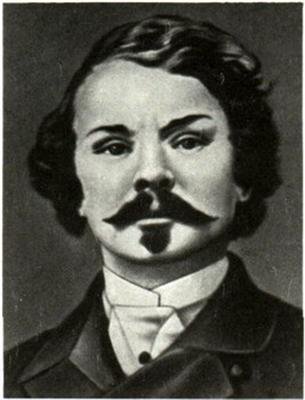
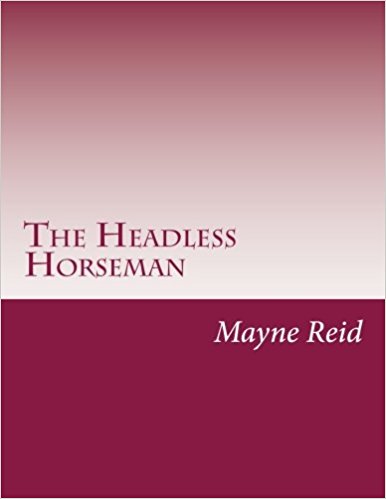
(The stag of Texas, reclining in midnight lair, is startle...)
The stag of Texas, reclining in midnight lair, is startled from his slumbers by the hoofstroke of a horse. He does not forsake his covert, nor yet rise to his feet. His domain is shared by the wild steeds of the savannah, given to nocturnal straying. He only uprears his head; and, with antlers o’ertopping the tall grass, listens for a repetition of the sound. Again is the hoofstroke heard, but with altered intonation. There is a ring of metal—the clinking of steel against stone. The sound, significant to the ear of the stag, causes a quick change in his air and attitude. Springing clear of his couch, and bounding a score of yards across the prairie, he pauses to look back upon the disturber of his dreams. In the clear moonlight of a southern sky, he recognises the most ruthless of his enemies—man. One is approaching upon horseback. Yielding to instinctive dread, he is about to resume his flight: when something in the appearance of the horseman—some unnatural seeming—holds him transfixed to the spot. With haunches in quivering contact with the sward, and frontlet faced to the rear, he continues to gaze—his large brown eyes straining upon the intruder in a mingled expression of fear and bewilderment. What has challenged the stag to such protracted scrutiny? The horse is perfect in all its parts—a splendid steed, saddled, bridled, and otherwise completely caparisoned. In it there appears nothing amiss—nothing to produce either wonder or alarm. But the man—the rider? Ah! About him there is something to cause both—something weird—something wanting! By heavens! it is the head!
http://www.amazon.com/gp/product/1499759967/?tag=2022091-20
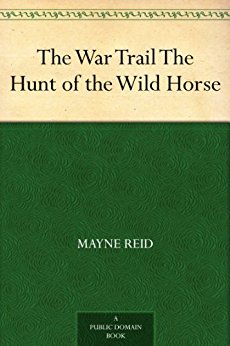
(This book was converted from its physical edition to the ...)
This book was converted from its physical edition to the digital format by a community of volunteers. You may find it for free on the web. Purchase of the Kindle edition includes wireless delivery.
http://www.amazon.com/gp/product/B0082YV38E/?tag=2022091-20
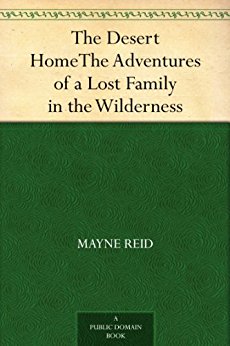
(This book was converted from its physical edition to the ...)
This book was converted from its physical edition to the digital format by a community of volunteers. You may find it for free on the web. Purchase of the Kindle edition includes wireless delivery.
http://www.amazon.com/gp/product/B0082QTZ0K/?tag=2022091-20
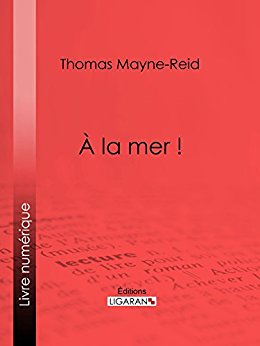
(Extrait : "Je venais d'avoir seize ans lorsque je m'enfui...)
Extrait : "Je venais d'avoir seize ans lorsque je m'enfuis de la maison paternelle pour m'engager comme matelot. Ce n'était pas que je fusse malheureux dans ma famille ; je quittais, au contraire, des parents affectueux et remplis d'indulgence, des sœurs et des frères qui m'aimaient et qui me pleurèrent longtemps après que je fus parti." À PROPOS DES ÉDITIONS LIGARAN : Les éditions LIGARAN proposent des versions numériques de grands classiques de la littérature ainsi que des livres rares, dans les domaines suivants : • Fiction : roman, poésie, théâtre, jeunesse, policier, libertin. • Non fiction : histoire, essais, biographies, pratiques.
http://www.amazon.com/gp/product/B01L9AFHVQ/?tag=2022091-20
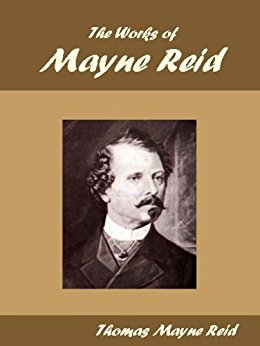
(Thomas Mayne Reid (April 4, 1818 – October 22, 1883), was...)
Thomas Mayne Reid (April 4, 1818 – October 22, 1883), was a Scots-Irish American writer. The Works of Mayne Reid (with an active table of contents), includes: Afloat in the Forest The Bandolero The Boy Hunters The Boy Slaves The Castaways The Child Wife The Cliff Climbers The Death Shot The Desert Home The Fatal Cord The Finger of Fate The Flag of Distress The Giraffe Hunters The Guerilla Chief Gwen Wynn The Headless Horseman The Lost Mountain The Maroon The Ocean Waifs Osceola the Semiole The Scalp Hunter The Tiger Hunter The Vee-Boers The War Trail The White Squaw The Wild Huntress Wood Rangers The Young Voyageurs The Young Yagers
http://www.amazon.com/gp/product/B00BIFTJJY/?tag=2022091-20
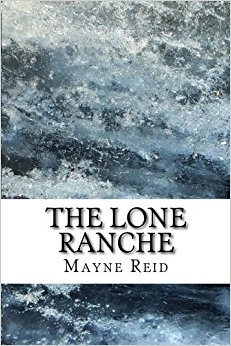
(A Tale of the Staked Plain. “Hats Off!” Within the city o...)
A Tale of the Staked Plain. “Hats Off!” Within the city of Chihuahua, metropolis of the northern provinces of Mexico—for the most part built of mud—standing in the midst of vast barren plains, o’ertopped by bold porphyritic mountains—plains with a population sparse as their timber—in the old city of Chihuahua lies the first scene of our story. Less than twenty thousand people dwell within the walls of this North Mexican metropolis, and in the country surrounding it a like limited number. Once they were thicker on the soil; but the tomahawk of the Comanche and the spear of the Apache have thinned off the descendants of the Conquistadores, until country houses stand at wide distances apart, with more than an equal number of ruins between. Yet this same city of Chihuahua challenges weird and wonderful memories. At the mention of its name springs up a host of strange records, the souvenirs of a frontier life altogether different from that wreathed round the history of Anglo-American borderland. It recalls the cowled monk with his cross, and the soldier close following with his sword; the old mission-house, with its church and garrison beside it; the fierce savage lured from a roving life, and changed into a toiling peon, afterwards to revolt against a system of slavery that even religion failed to make endurable; the neophyte turning his hand against his priestly instructor, equally his oppressor; revolt followed by a deluge of blood, with ruinous devastation, until the walls of both mission and military cuartel are left tenantless, and the redskin has returned to his roving. Such a history has had the city of Chihuahua and the settlements in its neighbourhood. Nor is the latter portion of it all a chronicle of the olden time. Much of it belongs to modern days; ay, similar scenes are transpiring even now. But a few years ago a stranger entering its gates would have seen nailed overhead, and whisked to and fro by the wind, some scores of objects similar to one another, and resembling tufts of hair, long, trailing, and black, as if taken from the manes or tails of horses. But it came not thence; it was human hair; and the patches of skin that served to keep the bunches together had been stripped from human skulls! They were scalps—the scalps of Indians, showing that the Comanche and Apache savages had not had it all their own way. Beside them could be seen other elevated objects of auricle shape, set in rows or circles like a festooning of child peppers strung up for preservation. No doubt their procurement had drawn tears from the eyes of those whose heads had furnished them, for they were human ears! These ghastly souvenirs were the bounty warrants of a band whose deeds have been already chronicled by this same pen. They were the trophies of “Scalp Hunters”—vouchers for the number of Indians they had killed. They were there less than a quarter of a century ago, waving in the dry wind that sweeps over the plains of Chihuahua. For aught the writer knows, they may be there still; or, if not the same, others of like gory record replacing or supplementing them....
http://www.amazon.com/gp/product/1548218952/?tag=2022091-20
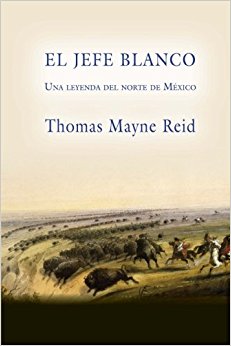
(Esta extraordinaria historia cuenta cómo fue que desapare...)
Esta extraordinaria historia cuenta cómo fue que desapareció la ciudad de San Ildefonso, en México. Una increíble aventura no exenta de amor, traición y venganza, en la que un hombre de raíces anglosajonas conquista a su vez, el corazón femenino, el odio de los españoles y el respeto y admiración toda una tribu indígena.
http://www.amazon.com/gp/product/1518727735/?tag=2022091-20

(Boy reader, you have heard of the Hudson's Bay Company? T...)
Boy reader, you have heard of the Hudson's Bay Company? Ten to one you have worn a piece of fur which it has provided for you; if not, your pretty little sister has—in her muff, or her boa, or as a trimming for her winter dress. Would you like to know something of the country whence come these furs?—of the animals whose backs have been stripped to obtain them? As I feel certain that you and I are old friends, I make bold to answer for you—yes. Come, then! let us journey together to the “Fur Countries;” let us cross them from south to north.
http://www.amazon.com/gp/product/151517073X/?tag=2022091-20
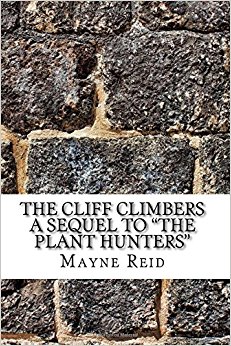
(The Himalayas. Who has not heard of the Himalayas—those T...)
The Himalayas. Who has not heard of the Himalayas—those Titanic masses of mountains that interpose themselves between the hot plains of India and the cold table-lands of Thibet—a worthy barrier between the two greatest empires in the world, the Mogul and the Celestial? The veriest tyro in geography can tell you that they are the tallest mountains on the surface of the earth; that their summits—a half-dozen of them at least—surmount the sea-level by more than five miles of perpendicular height; that more than thirty of them rise above twenty thousand feet, and carry upon their tops the eternal snow! The more skilled geographer, or geognosist, could communicate hundreds of other interesting facts in relation to these majestic mountains; vast volumes might be filled with most attractive details of them—their fauna, their sylva, and their flora. But here, my reader, we have only space to speak of a few of the more salient points, that may enable you to form some idea of the Titanic grandeur of these mighty masses of snow-crowned rock, which, towering aloft, frown or smile, as the case may be, on our grand empire of Ind. It is the language of writers to call the Himalayas a “chain of mountains.” Spanish geographers would call them a “sierra” (saw)—a phrase which they have applied to the Andes of America. Either term is inappropriate, when speaking of the Himalayas: for the vast tract occupied by these mountains—over 200,000 square miles, or three times the size of Great Britain—in shape bears no resemblance to a chain. Its length is only six or seven times greater than its breadth—the former being about a thousand miles, while the latter in many places extends through two degrees of the earth’s latitude. Moreover, from the western termination of the Himalayas, in the country of Cabul, to their eastern declension near the banks of the Burrampooter, there is no continuity that would entitle them to the appellation of a “chain of mountains.” Between these two points they are cut transversely—and in many places—by stupendous valleys, that form the channels of great rivers, which, instead of running east and west, as the mountains themselves were supposed to trend, have their courses in the transverse direction—often flowing due north or south. It is true that, to a traveller approaching the Himalayas from any part of the great plain of India, these mountains present the appearance of a single range, stretching continuously along the horizon from east to west. This, however, is a mere optical illusion; and, instead of one range, the Himalayas may be regarded as a congeries of mountain ridges, covering a superficies of 200,000 square miles, and running in as many different directions as there are points in the compass. Within the circumference of this vast mountain tract there is great variety of climate, soil, and productions. Among the lower hills—those contiguous to the plains of India—as well as in some of the more profound valleys of the interior—the flora is of a tropical or subtropical character....
http://www.amazon.com/gp/product/1548371661/?tag=2022091-20
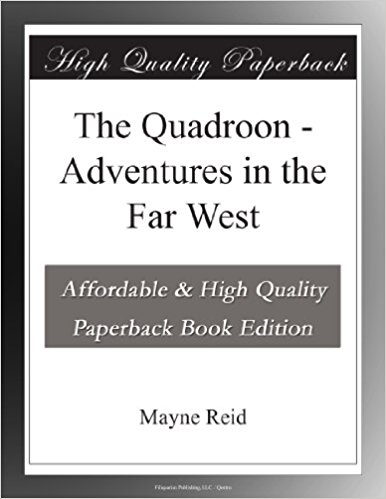
(The Quadroon - Adventures in the Far West is presented he...)
The Quadroon - Adventures in the Far West is presented here in a high quality paperback edition. This popular classic work by Mayne Reid is in the English language, and may not include graphics or images from the original edition. If you enjoy the works of Mayne Reid then we highly recommend this publication for your book collection.
http://www.amazon.com/gp/product/B003YMN4IG/?tag=2022091-20
Ethnicity:
Both the Father and mother of the writer were Scots
Reid, Thomas Mayne was born on April 4, 1818 in Ballyroney, County Down, Ireland. Son of Thomas Mayne and Miss (Rutherford) Reid.
Came to New Orleans, circa 1838. Published early verse in Pittsburgh Morning Chronicle under penname The Poor Scholar, 1842, also poems in Godey’s Lady’s Book. Wrote 5-act tragedy Love’s Martyr produced at Walnut Street Theatre, October 23, 1848.
Became society correspondent for New York Herald at Newport, Rhode Island, summer 1846. Wrote for Spirit of the Times, fall 1846. Served from Second lieutenant to First lieutenant, 1st New York Volunteers in Mexican War, 1846-1848, served at Veracruz, Battle of Chapultepec.
Published Little Times (evening daily), London, England., 1866. Returned to American, 1867. Published magazine Onward, 1869-circa 1870.
He returned to England and began writing adventure stories that were especially popular with boys. The first of these was "The Rifle Rangers" (1850). Others include "The Scalp Hunters" (1851), "The White Chief" (1855), and "The Headless Horseman" (1866).Reid wrote about seventy-five novels, and many short stories and sketches.
(Boy reader, you have heard of the Hudson's Bay Company? T...)
(Extrait : "Je venais d'avoir seize ans lorsque je m'enfui...)
(The stag of Texas, reclining in midnight lair, is startle...)
(This book was converted from its physical edition to the ...)
(This book was converted from its physical edition to the ...)
(Esta extraordinaria historia cuenta cómo fue que desapare...)
(Thomas Mayne Reid (April 4, 1818 – October 22, 1883), was...)
(A Tale of the Staked Plain. “Hats Off!” Within the city o...)
(The Himalayas. Who has not heard of the Himalayas—those T...)
The Desert Home
(The Quadroon - Adventures in the Far West is presented he...)
"A philosopher is, no doubt, entitled to examine even those distinctions that are to be found in the structure of all languages... in that case, such a distinction may be imputed to a vulgar error, which ought to be corrected in philosophy."
"There is no greater impediment to the advancement of knowledge than the ambiguity of words. "
"Every indication of wisdom, taken from the effect, is equally an indication of power to execute what wisdom planned. "
Married Elizabeth Hyde, 1853.
